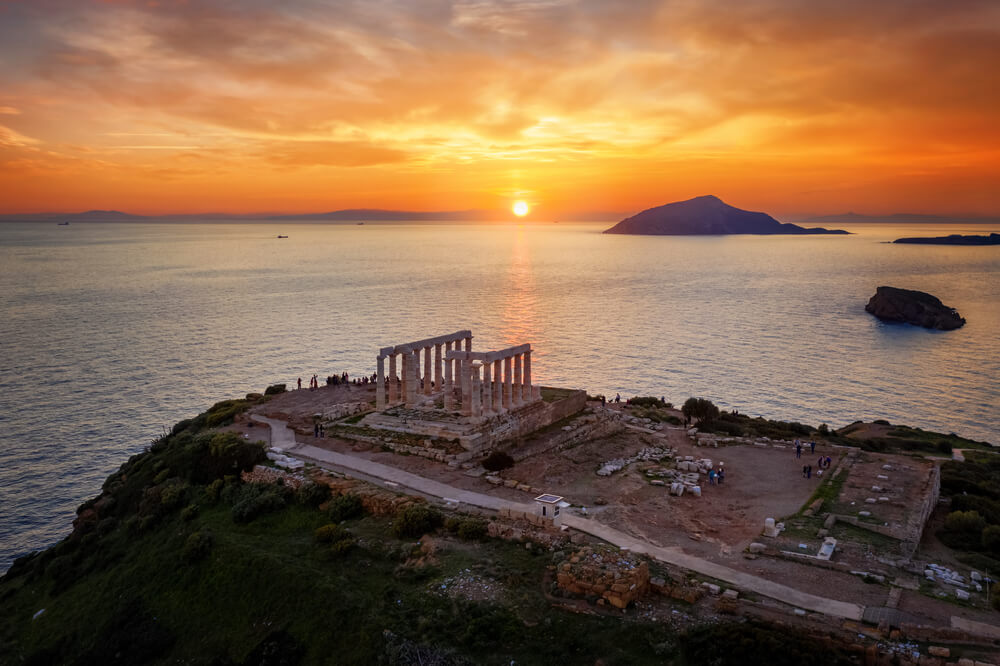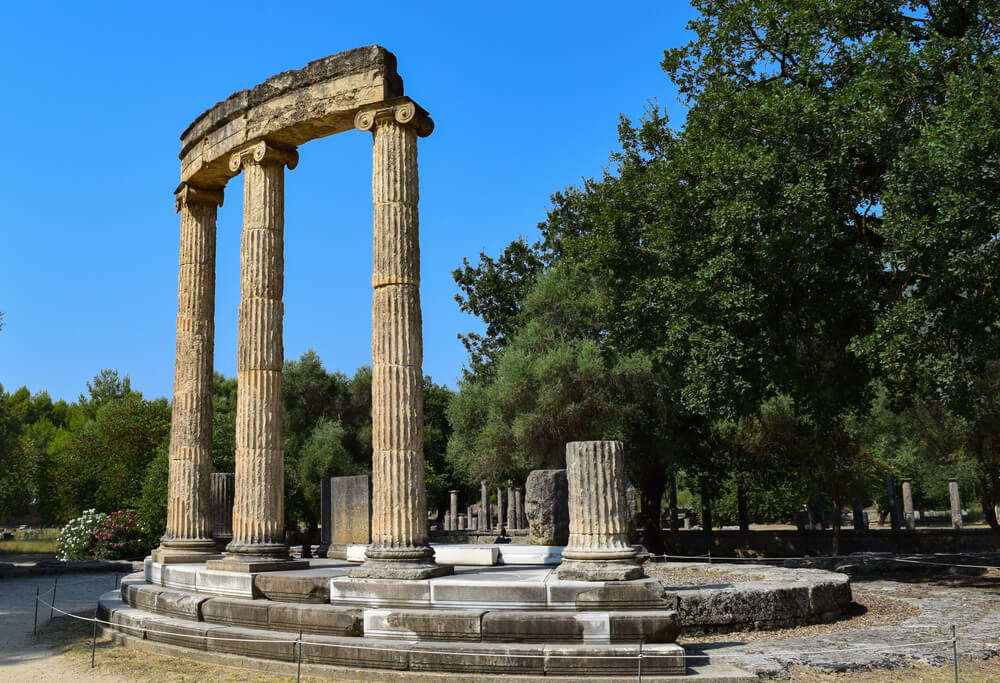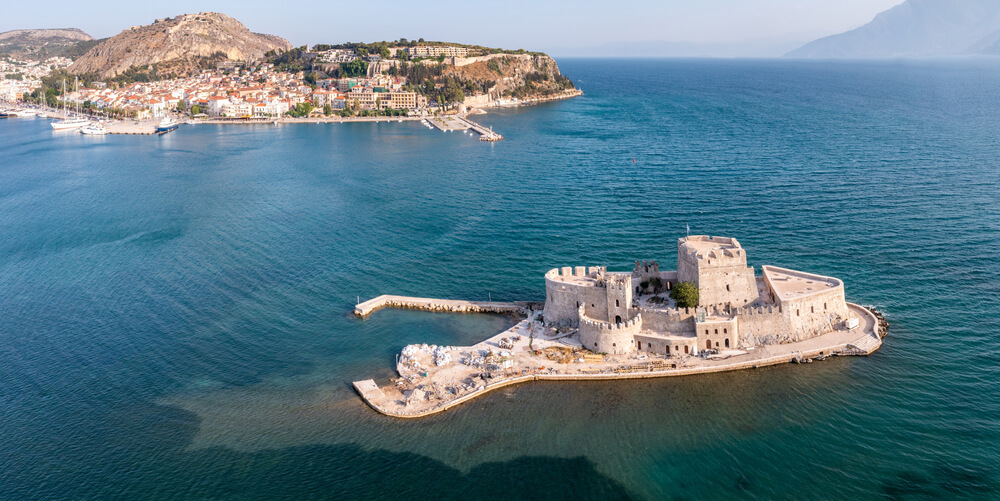Ancient Corinth, situated in the northeastern part of the Peloponnese in Greece, is a city steeped in history and mythology. Known for its strategic location between the Saronic and Corinthian Gulfs, Ancient Corinth was a powerful and prosperous city-state in antiquity. Today, it offers a rich tapestry of historical landmarks and cultural treasures that captivate visitors from around the world. This guide explores the key sites and cultural highlights that make Ancient Corinth a must-visit destination.
The Temple of Apollo
One of the most iconic landmarks of Ancient Corinth is the Temple of Apollo. Built in the mid-6th century BCE, this Doric temple stands as a testament to the architectural prowess of the ancient Greeks. Originally featuring 38 monolithic columns, of which seven still stand today, the Temple of Apollo was a central place of worship dedicated to the god Apollo, the deity of music, arts, and prophecy.
Visitors can explore the temple ruins and imagine the grandeur of the original structure. The site offers a glimpse into the religious practices and architectural innovations of ancient Corinthian society. The elevated position of the temple also provides stunning views of the surrounding landscape, including the Acrocorinth, the city’s ancient acropolis.
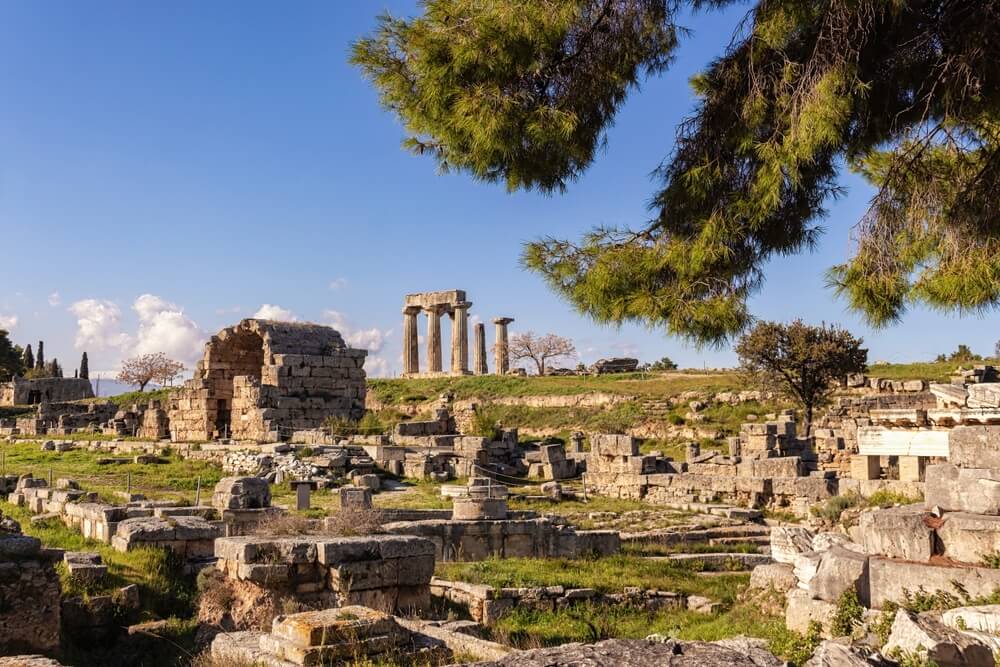
Acrocorinth: The Majestic Acropolis
Acrocorinth, the towering monolithic rock that dominates the landscape of Corinth, served as the city’s acropolis and main defensive fortress. The site has been continuously occupied from ancient times through the medieval period, and its fortifications reflect the various civilizations that controlled the area, including the Greeks, Romans, Byzantines, and Ottomans.
A visit to Acrocorinth involves a hike up the steep paths to the summit, where visitors are rewarded with panoramic views of the Corinthian and Saronic Gulfs. The fortress walls, gates, and towers tell stories of the city’s turbulent history and strategic importance. Exploring the ruins of Acrocorinth provides a deep sense of connection to the past, offering insights into the military and political significance of this imposing site.
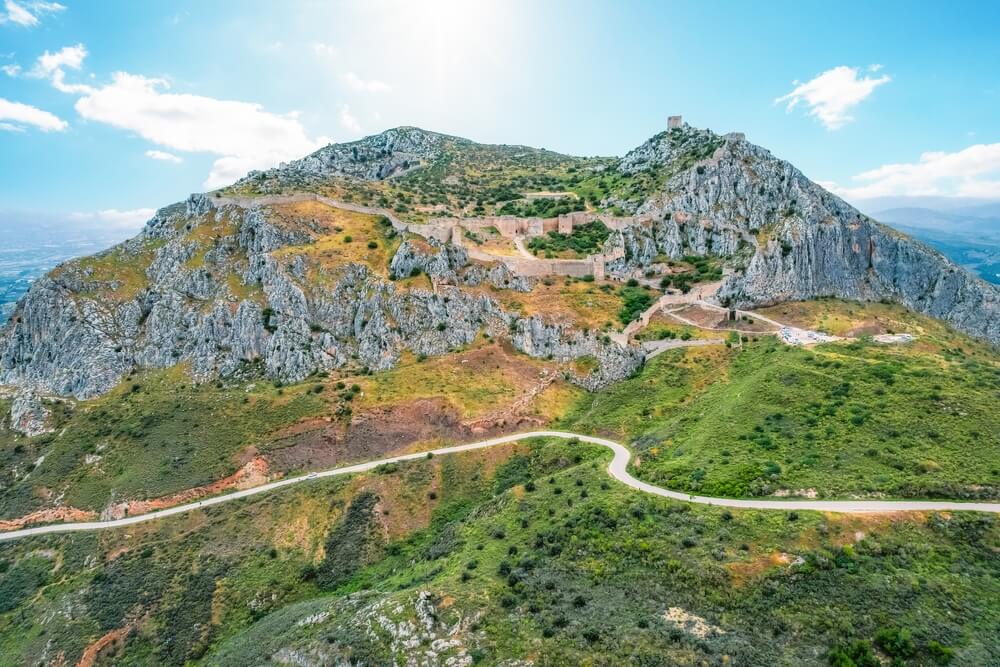
The Corinth Canal
While not an ancient construction, the Corinth Canal is a remarkable engineering feat that links the Saronic Gulf with the Corinthian Gulf. Completed in 1893, the canal cuts through the narrow Isthmus of Corinth, creating a navigable route that has been envisioned since antiquity. The canal is approximately 6.4 kilometers long and 21 meters wide, with sheer rock walls that rise up to 90 meters high.
Visitors can walk along the bridges that span the canal, marveling at the scale of the construction and the turquoise waters below. Boat tours are also available, offering a unique perspective of this modern marvel that fulfills an ancient dream.
The Archaeological Museum of Ancient Corinth
The Archaeological Museum of Ancient Corinth is an essential stop for anyone interested in the city’s rich history. Located within the ancient city site, the museum houses an extensive collection of artifacts discovered during excavations, including statues, pottery, mosaics, and inscriptions. The exhibits provide a comprehensive overview of Corinthian culture, from the prehistoric era through the Roman period.
Highlights of the museum include the stunning mosaic floors, the Peirene Fountain reliefs, and the impressive collection of Roman portraits. The museum’s artifacts help to contextualize the ruins and bring to life the everyday experiences of the people who lived in Ancient Corinth.
The Peirene Fountain
The Peirene Fountain is one of the most famous fountains of ancient Greece and a vital water source for the city of Corinth. According to mythology, the fountain was created by the tears of the nymph Peirene, who was transformed into a spring by the god Poseidon. The fountain complex, with its intricate stone basins and channels, showcases the advanced engineering and aesthetic sensibilities of the ancient Corinthians.
The Peirene Fountain is located within the archaeological site of Ancient Corinth and remains an impressive example of ancient hydraulic engineering. Visitors can explore the remnants of the fountain and imagine the bustling activity that once surrounded this important communal space.
The Ancient Theater
The ancient theater of Corinth, dating back to the 5th century BCE, is another cultural treasure. This large theater, which could accommodate around 15,000 spectators, was a venue for dramatic performances and other public spectacles. The theater’s design reflects the classical Greek emphasis on acoustics and visibility, ensuring that audiences could see and hear performances clearly.
Although much of the theater is in ruins, the remaining structure provides a fascinating glimpse into the cultural life of ancient Corinth. Walking through the tiers of seating and standing on the stage where actors once performed connects visitors to the rich traditions of Greek theater.
Conclusion
Ancient Corinth is a destination that offers a profound connection to the past, with its historical landmarks and cultural treasures providing a window into the lives and achievements of its ancient inhabitants. From the majestic Temple of Apollo and the fortified heights of Acrocorinth to the engineering marvel of the Corinth Canal and the rich collections of the Archaeological Museum, there is much to explore and discover.
Whether you are a history enthusiast, an archaeology aficionado, or simply a traveler seeking to experience the grandeur of ancient Greece, Ancient Corinth promises an unforgettable journey through time. Its blend of architectural splendor, mythological intrigue, and historical significance makes it a truly remarkable destination. Are you visiting Greece? Book your tour now to Ancient Corinth.



